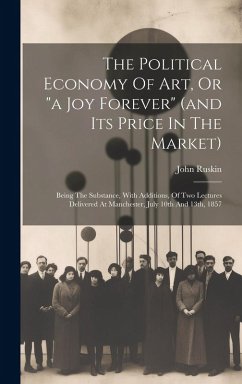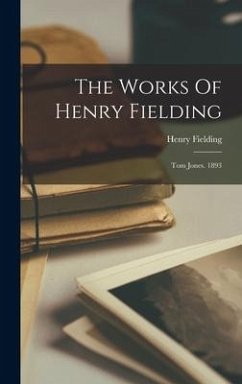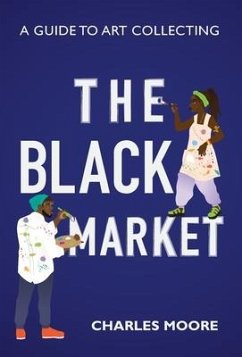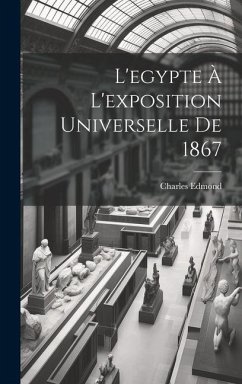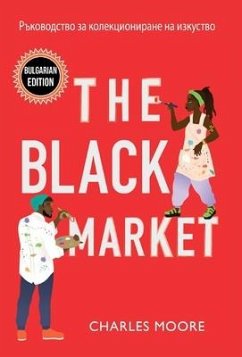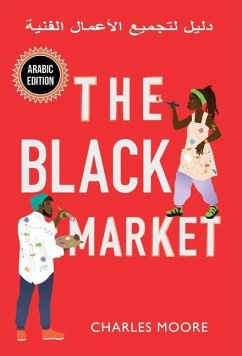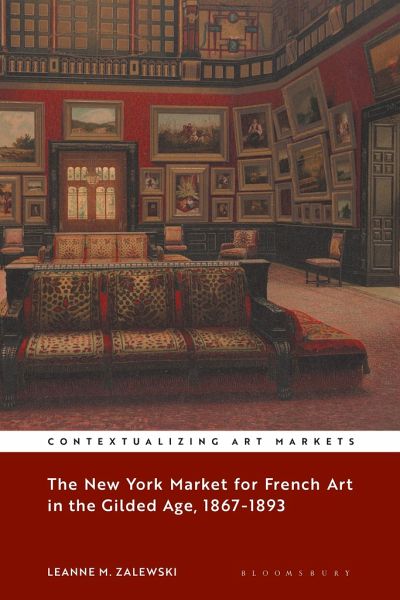
The New York Market for French Art in the Gilded Age, 1867-1893

PAYBACK Punkte
59 °P sammeln!
This transatlantic study analyses a missing chapter in the history of art collecting, the first art market bubble in the United States. In the decades following the Civil War, French art monopolized art collections across the United States. During this "Gilded Age picture rush," the commercial art system-art dealers, galleries, auction houses, exhibitions, museums, art journals, press coverage, art histories, and collection catalogues-established a strong foothold it has not relinquished to this day. In addition, a pervasive concern for improving aesthetics and providing the best contemporary ...
This transatlantic study analyses a missing chapter in the history of art collecting, the first art market bubble in the United States. In the decades following the Civil War, French art monopolized art collections across the United States. During this "Gilded Age picture rush," the commercial art system-art dealers, galleries, auction houses, exhibitions, museums, art journals, press coverage, art histories, and collection catalogues-established a strong foothold it has not relinquished to this day. In addition, a pervasive concern for improving aesthetics and providing the best contemporary art to educate the masses led to the formation not only of private art collections, but also of institutions such as the Metropolitan Museum of Art and to the publication of art histories. Richly informed by collectors' and art dealers' diaries, letters, stock books, journals, and hitherto neglected art histories, The New York Market for French Art in the Gilded Age, 1867-1893 offers a fresh perspective on this trailblazing era.




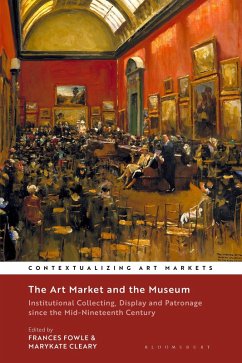
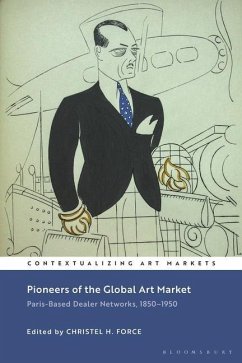
![List Of Photographs Of National Historical Portraits. Exhibitions Of 1867 And 1868 [held At The South Kensington Museum] Cover List Of Photographs Of National Historical Portraits. Exhibitions Of 1867 And 1868 [held At The South Kensington Museum]](https://bilder.buecher.de/produkte/69/69313/69313085n.jpg)
